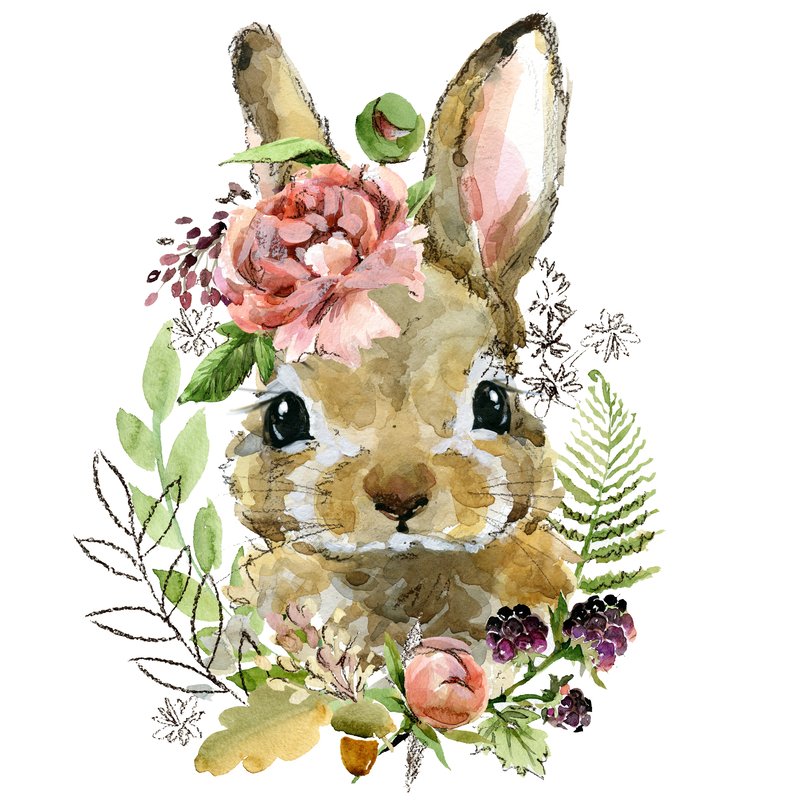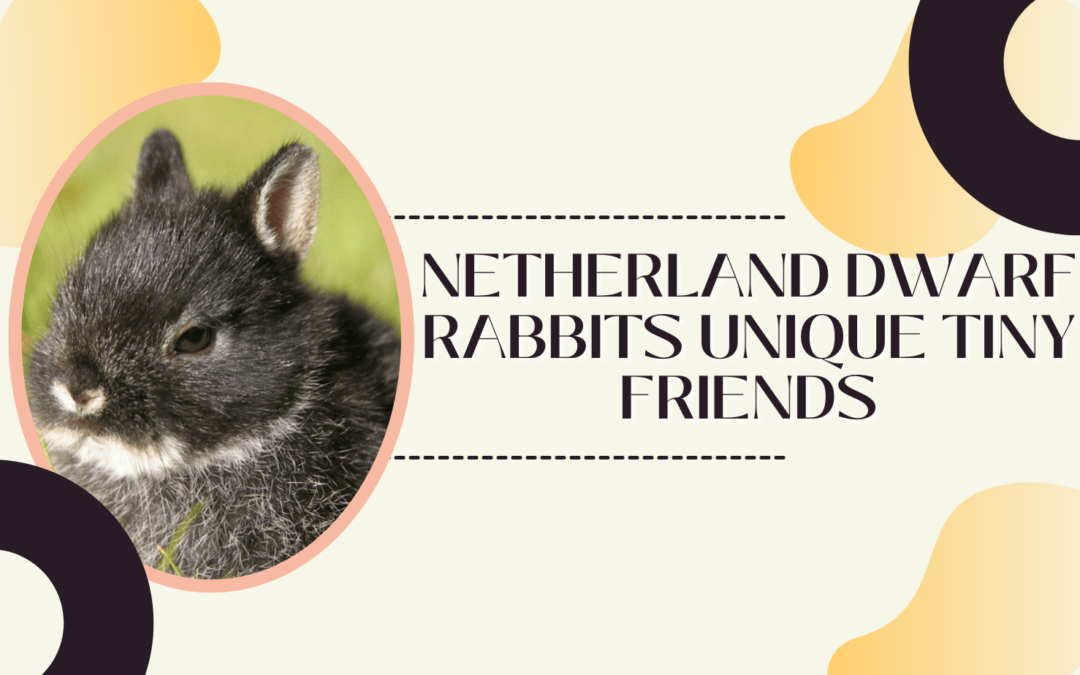Netherland Dwarf rabbits are famous because of their size and variations. Unlike other dwarf rabbits, they used to be aggressive and feisty. It is because of the behavior they inherited from the wild bunnies. But thanks to selective breeding, they are more sociable than before. However, they can become unpredictable at times. Learn more about these bunnies through this article!

Netherland dwarf rabbit
Facts about Netherland Dwarf Rabbits
| Body Size | Dwarf |
| Body Weight | 1.75 lbs to 2.5 lbs |
| Body Shape | Compact |
| Life Span | 7 to 12 years |
| Colors | Self, shaded, agouti, tan, and other varieties |
| Similar Breeds | Polish rabbit |
| Best Suited for | Experienced owners, singles, couples |
| Origin | Netherlands |
Background and History
Mr. Jan Meyering and four other Dutchmen aimed to create a tiny rabbit in different varieties. For 30 years, they paired Polish rabbits with smaller wild bunnies. It resulted in the Netherland Dwarf. These bunnies appeared in the early 20th century. Before the German invasion, Holland officially acknowledged them in 1940,
The United Kingdom imported the breed in 1948. After three years, the British Rabbit Council (BRC) accepted it. The United States imported the Netherland Dwarfs to improve Polish breeds in 1965. Because of its size and appearance, the breed became popular in the country. It was in 1969 that ARBA approved the Netherland Dwarf.
Inheriting the temperament of the wild rabbits, the first Netherland Dwarfs were aggressive. But with the help of selective breeding, they are less skittish today. Thirty-seven varieties are recognized by the ARBA today. Netherland Dwarf rabbits are among the most popular breeds in the world.
Features of Netherland Dwarf Rabbits
Netherland Dwarf rabbits are among the most miniature rabbit breeds. In fact, they are smaller compared to the average dwarf breed. Most dwarf bunnies weigh between four to five pounds. But the short, compact body of a Netherland Dwarf can only reach 1.75 to 2.5 lbs. Its shoulder weight is 5” to 6”, while its body length is 7.5” to 9”. Their round ears are about 2” to 2.5”.
Typical Netherland dwarf rabbits have round, broad heads and muscular bodies. Their front legs are straight and short. Because of dwarfism, these bunnies look like infants until they become adults. In rabbit shows, they disqualify Netherland Dwarfs that have crooked legs. These bunnies can live up to 7 to 12 years.
With their short, rollback fur, Netherland Dwarf rabbits are easy to groom. However, you must pay attention to their coats in the shedding season. Below are color standards approved by ARBA:
| Categories | Colors |
| Self | Ruby-eyed White (REW), blue-eyed White (BEW), blue, brown, lilac, red, black |
| Shaded | Smoke pearl, seal point, tortoiseshell, chocolate tortoiseshell, chocolate point, sable (Siamese) light, sable (Siamese) dark, blue point |
| Agouti | Cinnamon, red agouti, opal, chinchilla, lynx, squirrel, agouti |
| Tan | Tans, sable marten medium, sable marten light, smoke pearl, otter, fox, sable marten dark |
| Pointed White | Blue, lilac, chocolate, black |
| Ticked | Silver, D’ Argent (Creme, Champagne), Silver (Silver Tipped, Gold Tipped) |
| Wideband | Red, orange, fawn, frosted, pearl (smoke pearl, sable, blue, lilac, chocolate, black) |
| Other Varieties | Harlequin, Vienna marked, tri-colors, dutch, hotot, broken (Charlie, booted, normal) |
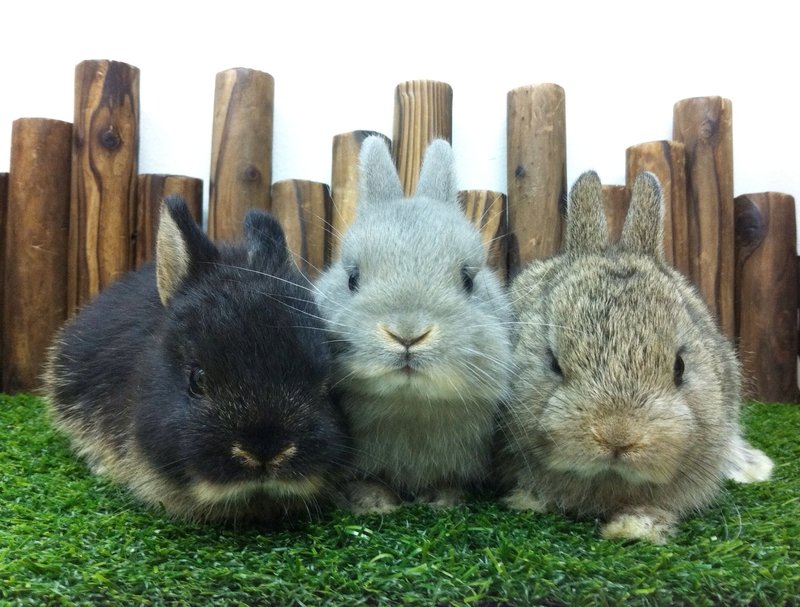
Temperature and Behavior
Through the help of selected breeding, Netherland Dwarfs are less aggressive than before. However, they tend to be skittish and timid. These bunnies hate to be picked up and cuddled, so they are not ideal pets for small kids. Because of their size, they are also prone to injuries like fractures.
Although Netherland Dwarfs are not ideal for children, they can be good pets for adults. Once you get their trust, these bunnies can be affectionate. Like other dwarf breeds, these bunnies are active and need enough space to play around. You have to let them exercise outdoors for a couple of hours at least twice daily.
You can also train these rabbits since they are brilliant. According to some breeders, they can learn tricks like cats and dogs. If you want them to live inside your home, it is possible since you can potty-train them. However, you must supervise them since they may chew your valuable items.
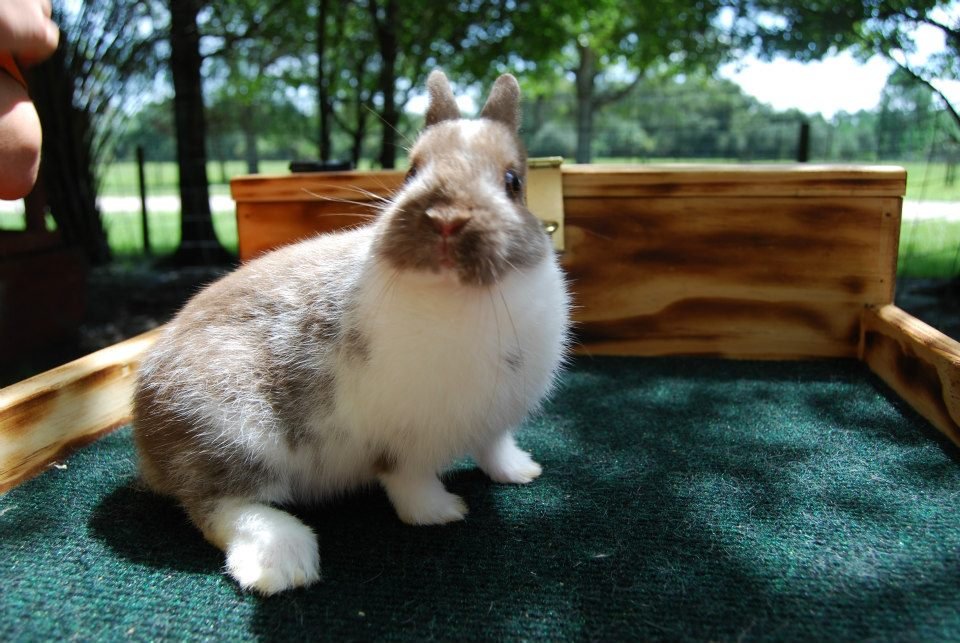
Grooming Netherland Dwarf Rabbits
Unlike other rabbits, Netherland Dwarf rabbits don’t need too much grooming. You can schedule their grooming session weekly. However, these rabbits have sensitive skin, so you must brush their furs with a soft comb. You must also brush their coats more often when shedding. It will prevent them from ingesting their furs.
As active breeds, trimming the nails of Netherland Dwarfs is pretty challenging. If they become uncomfortable with you, they will make sudden movements. Thus, it may lead to injury, making the grooming session a traumatic experience for your bunny. For first-timers, you can let a groomer trim your bunny’s nails. But if you are up for the challenge, it’s better to have a partner to hold the bunny.
First and foremost, you must use the right nail clippers for your bunny. There are available animal nail clippers in the market. But it will be better if you can find clippers specifically designed for rabbits. If you have suitable clippers, you can proceed with nail trimming. Your partner must position the bunny outwardly, exposing the rabbit’s nails.
You must be careful not to cut the quick since it may lead to bleeding. After trimming the rabbit’s nails, don’t forget to give it a treat as a reward. You need to cut the nails for your bunny at least once every one or two months. Let the bunny play outdoors to dig and scratch the ground to prevent its nails from overgrowing. It will help trim its nails.

Proper Diet of Netherland Dwarf Rabbits
Compared to other rabbit breeds, Netherland Dwarf rabbits have more sensitive digestion. Hay, leafy greens, pellets, and veggies comprise their diet. You can tell the quantity of food they need through their body weight. The ideal serving for an adult Netherland Dwarf bunny is unlimited hay and one cup of leafy greens. You must also feed them a tablespoon of veggies and two tablespoons of pellets.
Hay is essential to your bunny since it promotes a healthy gut and trims the rabbit’s teeth. It also satisfies the urges of the bunny to chew and forage. But the most important is that it provides all the nutrition the rabbit needs. You can choose from different kinds of hay, but make sure it is the best for your bunny.
Besides hay, you must also provide leafy greens and veggies to your pet. They are packed with vitamins, minerals, and antioxidants. Because of their water content, leafy green help in hydrating the bunnies. Feeding leafy greens to your pet keeps its diet diverse; thus, it finds mealtime enjoyable. Here are some leafy greens and veggies you can give to your rabbit:
- Mint
- Basil
- Arugula
- Cilantro
- Escarole
- Endive
- Bok choy
- Dandelion greens
- Kale
- Parsley
- Parship
- Brussel sprouts
- Zucchini squash
- Broccolini
- Cucumber with leaves
High-quality pellets are good supplements for your pet. But you should only feed them a limited amount. Giving them too much pellets may lead to health issues. If you want to provide treats for your bunny, ensure they are not toxic to your pet. Don’t give them chocolates, bread, and dairy products. The best option is fruits but in small amounts only.

Habitat for Netherland Dwarf Rabbits
When it comes to the cage of the Netherland Dwarf rabbits, you must provide them with a large cage. The minimum size of the cage is 18 by 24 inches. But if you have enough space indoors, the best measurement of the hutch is 4 by 2 by 2 feet. With ample space, your bunny can exercise inside its cage.
Bunnies don’t have paw pads, unlike cats. You need to provide comfortable flooring for the bunny. If it is a wire cage, the spacing should not be more than ¼ inch between the bars. You must also put a carpet on the flooring and place at least two inches of hay as bedding.
If you plan to put up an outdoor cage, ensure your bunny is safe from predators. You can create a completely enclosed area but with a raised hutch. It will provide a large area for the bunny to eat grass and exercise. At the same time, it can hide on its hutch when it doesn’t feel safe.
Since dwarf rabbits are prone to predators, you must place the cage in an area where you can easily monitor it. Also, put the hutch where there is enough shade to prevent heatstroke. Netherland dwarfs are jumpy, so placing them in a quiet environment will be better.

Health issues of Netherland Dwarf Rabbits
Malocclusion
Malocclusion is a disease experienced by many bunnies. It is the bulging out of the lower jaw due to the shape of the bones in the face. Netherland Dwarfs are prone to this condition. It is because their lower jaws are longer than their upper jaws. It leads to the overgrowth of the teeth. The following are the symptoms of this condition:
- Loss of weight
- Swelling of jaws
- Drooling
- Cannot fully close the mouth
- Fur pulling
- Putting paw on the mouth
There are different ways to treat malocclusion in rabbits. One option is regularly trimming the overgrown teeth using a specialized dental burr. The treatment may be costly. The vet must cut your rabbit’s teeth every two to eight weeks for the rest of your rabbit’s life. Another option is to remove the six front teeth of your bunny through surgery.

Sinus infections
Rabbits can also suffer from sinus infections, especially with smaller breeds. It is the condition wherein the spaces around the sinus or nasal cavity are inflamed. Allergies or injuries to the face can cause it. Here are the symptoms of sinus infections that you must watch for:
- Appetite loss
- Sneezing
- Discharge on the eyes
- Runny nose
- Nose bleeding
- Difficulty in breathing
- Drooling
- Dental disease
Antibiotics treat sinus infections if bacteria cause them. However, the vet may also prescribe antihistamines. If your bunny has trouble breathing, a humidifier will open the airways of the bunny. The vet will also advise you to give your pet leafy greens and monitor fluid intake.
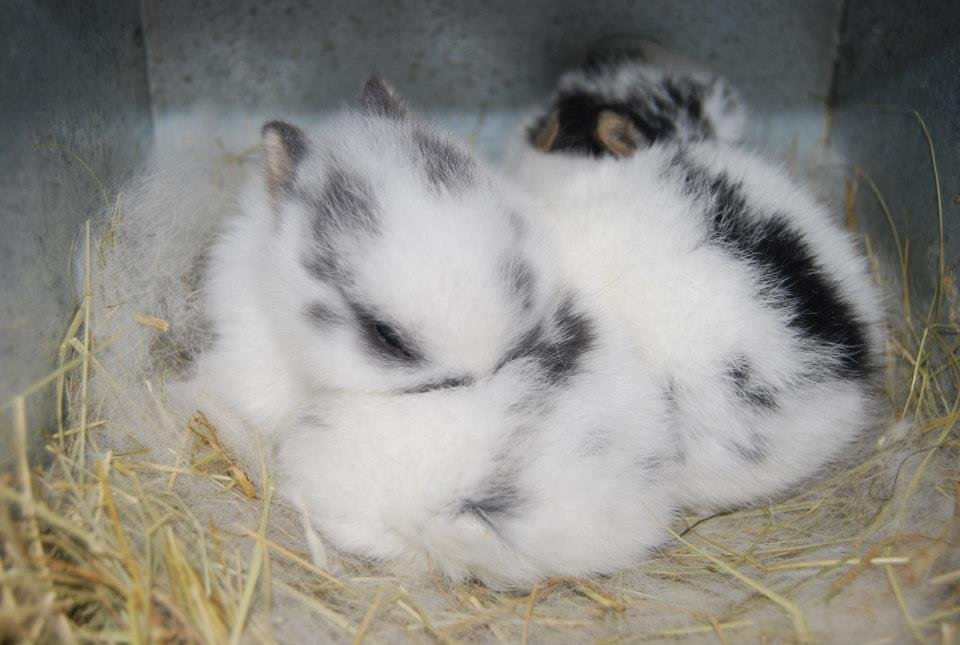
Frequently Asked Questions
How much does a Netherland Dwarf cost?
An average Netherland Dwarf costs $30 to $90. They are a little pricier compared to other rabbit breeds. For show quality rabbits, they can reach up to $200.
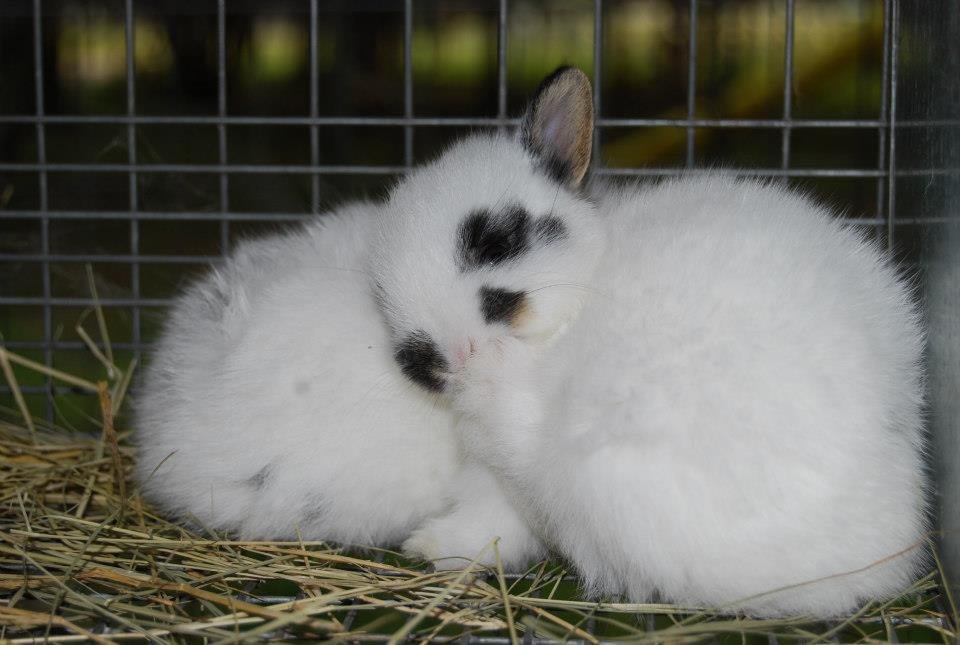
Are Netherland Dwarf rabbits good pets for small kids?
Unfortunately, Netherland Dwarf rabbits are not ideal pets for small kids. These bunnies don’t like to be held and picked up. When they become afraid, they can bite the kid holding them. They are also more prone to fractures.

Are Netherland Dwarf rabbits ideal pets for beginners?
No. Although Netherland Dwarf rabbits are easy to groom, their personalities are unpredictable. You have to earn their trust first before they become affectionate. Also, their digestion is more sensitive than other rabbit breeds.
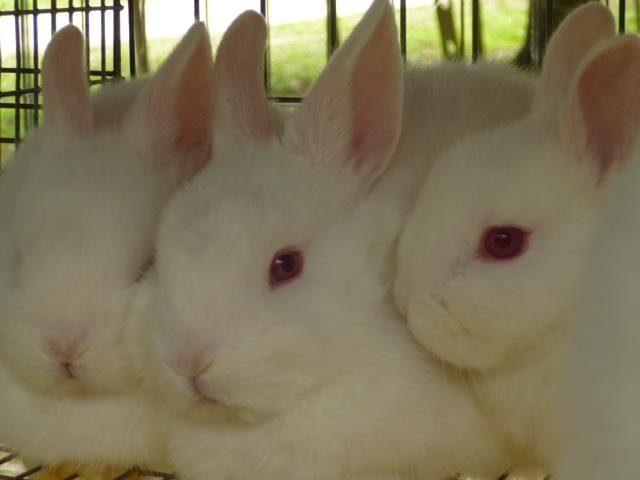
Conclusion
Netherland Dwarf rabbits are adorable because of their appearance. Despite their easy-to-groom coats and size, these bunnies are not ideal for all owners. They can become timid and skittish at times. Breeders who want to keep them must also pay attention to these bunnies to win their trust.
Read More
